It has all kicked off this week on Tullamore Farm, as farm manager Shaun Diver decided to mow down 55 acres of first-cut silage on Wednesday afternoon.
This was left to wilt and was lifted on Friday afternoon. The crop of grass wasn’t over-heavy, as he wanted to achieve an even balance of quantity and quality to make for good winter feeding.
This first cut of silage will be earmarked for weanling heifers and bulls for next winter.
High-DMD silage will reduce the amount of meal fed to weanlings over the first winter.
Burning up
Shaun is slightly wary of taking out any paddocks for silage at the moment, as the good weather has favoured field work, but, on the other hand, he has noticed that grass has been burning up on certain parts of the outfarm in recent days.
As a result of this, he brought home 100 ewes this week to relieve the pressure for grass on the outfarm in Cloonagh.
Eating headlands for a few days will also help buy some days ahead of the predicted dry spell next week.
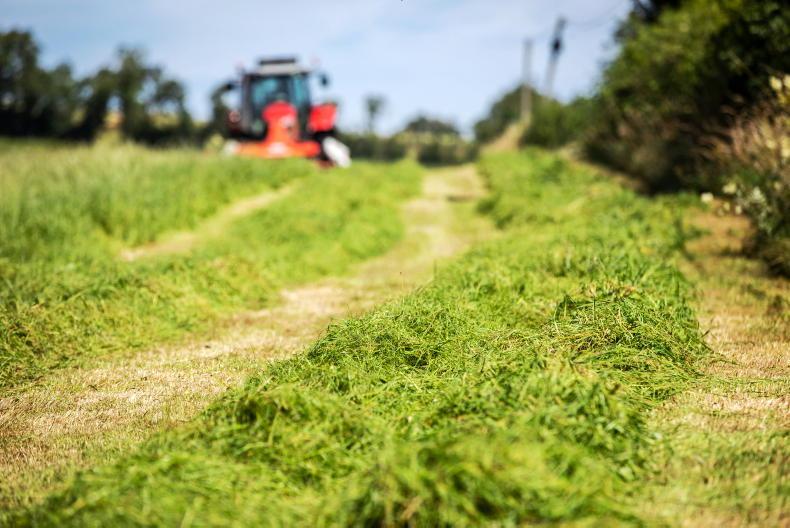
Silage has began on Tullamore Farm. \ Philip Doyle
The breeding season has proved successful so far this year, according the return rate of the heifers.
The heifers were all served through the use of fixed-timed AI, while also using sexed semen. Based on the recent scanning results, 55% of the heifers have held to their first service.
Shaun is happy with this result, as he has spoken to farmers already using sexed semen and they have experienced variable results.
Repeats
Repeats were inseminated with AI and the bull will now run with the heifers to mop up.
All the cows were also served using AI and based on the non-return results from 35 animals, around 60% have held, while it is too early to detect the other half.
The sheep have also come in recently to be both vaccinated and weighed to check on the performance of the lambs.
Based on the sample of lambs that Shaun collected, the lambs have averaged 280g/day over a period of 42 days.
Shaun highlighted that it has been a poor start for lambs this year, with the poor weather this spring delaying the turnout of ewes and lambs.
The first draft of bulls were also sent for slaughter this week, with a full breakdown of the slaughter results in next week's Irish Farmers Journal.
It has all kicked off this week on Tullamore Farm, as farm manager Shaun Diver decided to mow down 55 acres of first-cut silage on Wednesday afternoon.
This was left to wilt and was lifted on Friday afternoon. The crop of grass wasn’t over-heavy, as he wanted to achieve an even balance of quantity and quality to make for good winter feeding.
This first cut of silage will be earmarked for weanling heifers and bulls for next winter.
High-DMD silage will reduce the amount of meal fed to weanlings over the first winter.
Burning up
Shaun is slightly wary of taking out any paddocks for silage at the moment, as the good weather has favoured field work, but, on the other hand, he has noticed that grass has been burning up on certain parts of the outfarm in recent days.
As a result of this, he brought home 100 ewes this week to relieve the pressure for grass on the outfarm in Cloonagh.
Eating headlands for a few days will also help buy some days ahead of the predicted dry spell next week.

Silage has began on Tullamore Farm. \ Philip Doyle
The breeding season has proved successful so far this year, according the return rate of the heifers.
The heifers were all served through the use of fixed-timed AI, while also using sexed semen. Based on the recent scanning results, 55% of the heifers have held to their first service.
Shaun is happy with this result, as he has spoken to farmers already using sexed semen and they have experienced variable results.
Repeats
Repeats were inseminated with AI and the bull will now run with the heifers to mop up.
All the cows were also served using AI and based on the non-return results from 35 animals, around 60% have held, while it is too early to detect the other half.
The sheep have also come in recently to be both vaccinated and weighed to check on the performance of the lambs.
Based on the sample of lambs that Shaun collected, the lambs have averaged 280g/day over a period of 42 days.
Shaun highlighted that it has been a poor start for lambs this year, with the poor weather this spring delaying the turnout of ewes and lambs.
The first draft of bulls were also sent for slaughter this week, with a full breakdown of the slaughter results in next week's Irish Farmers Journal.







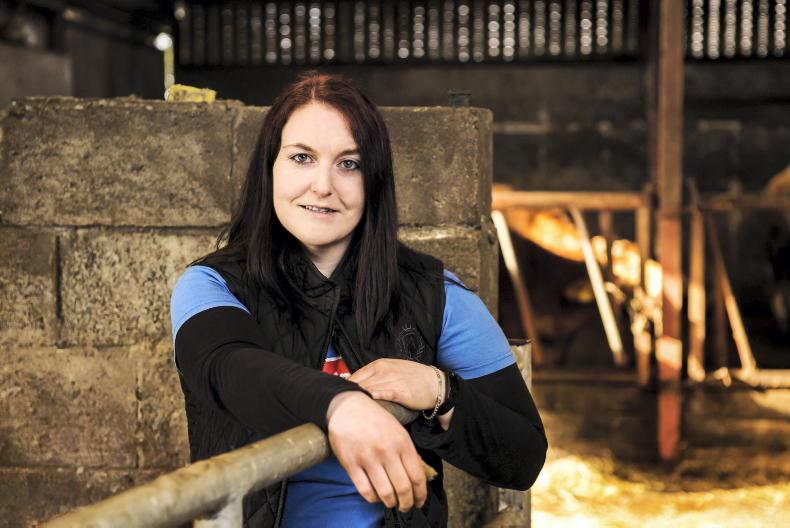

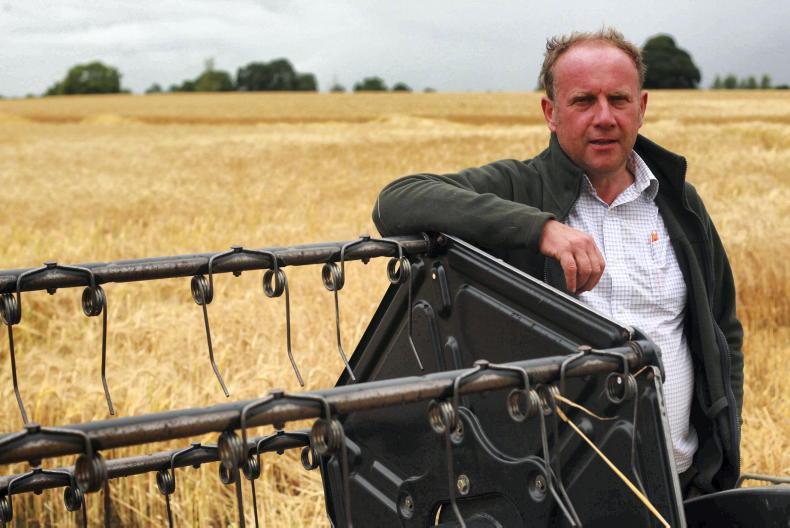
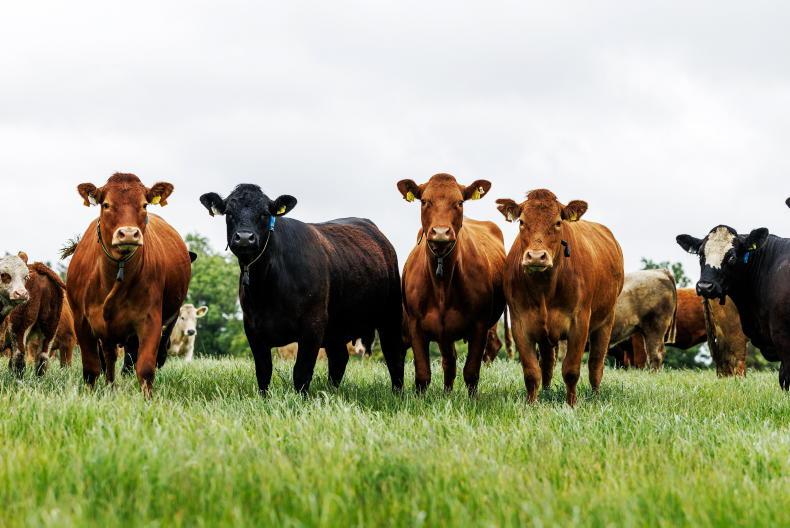
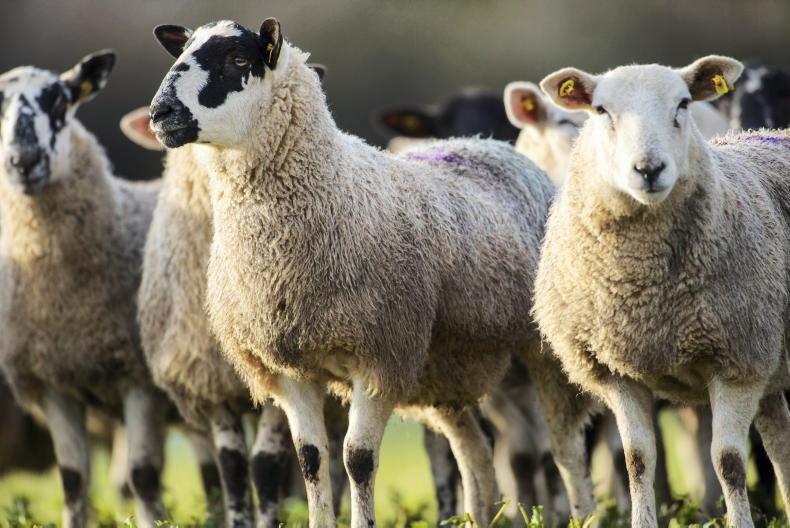
SHARING OPTIONS